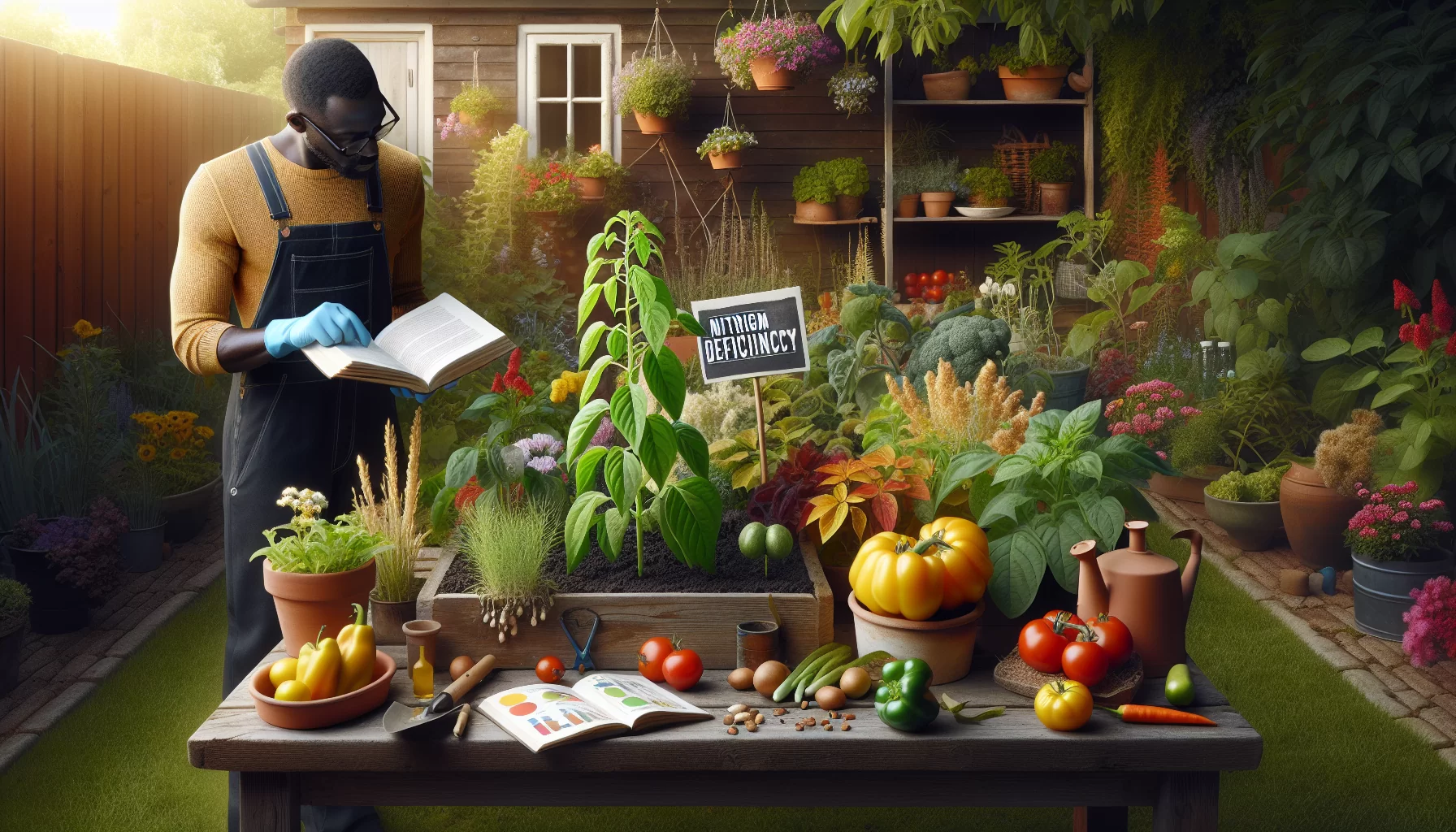Maintaining a sustainable garden requires not only dedication and effort, but also the understanding of various essential elements. One of these integral elements, and a cornerstone for successful plant growth, is nitrogen. Nitrogen is critical as it contributes to the growth of lush, green foliage in plants. But how do you know if your garden soil needs nitrogen? Well, let’s dive in, and I’ll share some valuable insights you need to comprehend to identify this crucial need in your garden.
Identifying the signs of nitrogen deficiency
To deliver the necessary care to our green friends, we first need to understand their needs. Similar to how a doctor diagnoses a patient, we too need to recognize the symptoms of our garden. One of the most apparent signs of nitrogen deficiency is a noticeable discoloration in the plant’s leaves. They usually turn pale green or yellow, particularly the older, larger leaves near the bottom of the plant. If left unnoticed, this can retard the plant’s growth since nitrogen is central to photosynthesis, the process of making food for the plants.
Conducting a soil test
While visual symptoms can often indicate a lack of nitrogen, one definitive way to ascertain this need is by conducting a soil test. A soil test goes beyond the apparent symptoms, providing a complete picture of the nutrient content in your soil. Using a soil test kit, which you can find at any gardening store or online, follow the instructions provided to collect and test your soil. Remember, each garden is unique; hence it’s crucial to test different areas that may have varying nutrient levels.
Interpreting soil test results
When you get your soil test results, you’ll see a reference to NPK, which stands for Nitrogen (N), Phosphorus (P), and Potassium (K). These are primary nutrients needed by plants. If nitrogen levels come back low, then it’s time to take action and replenish your garden soil.
Restoring nitrogen to your garden
Once we’ve identified the problem, the next step is to rectify it. Restoring nitrogen may feel like a complicated process, but it’s surprisingly straightforward. Organic matter is rich in nitrogen, and incorporating it into your garden is a sustainable and eco-friendly solution. Composted kitchen waste, like fruit and vegetable peels, coffee grounds, and even grass clippings, are excellent nitrogen sources. Applying these to your garden will not only replenish the nitrogen levels but will also enhance the soil structure and its ability to hold onto nutrients and water. As a pro tip, remember that nitrogen evaporates quickly. So, it’s best to dig or till these organic materials into the soil for maximum benefit.
This journey towards a sustainable and lush garden requires patience and care. By observing your plants’ signals and providing what’s needed, you can foster a beautiful and thriving garden that becomes an eco-friendly haven. After all, every small step towards sustainability is a step towards creating a healthier planet. Let’s keep taking those strides together.
Emma Johnson is a passionate and insightful writer specializing in the house and garden niche, bringing over a decade of experience to her readers. At the youthful age of 34, Emma has already established herself as a leading voice in home improvement, landscaping, and interior design. Her journey began with a degree in Landscape Architecture from the University of Georgia, followed by years of hands-on experience working with renowned landscaping firms across the country.
Emma’s writing career took off when she started sharing her unique ideas and eco-friendly gardening tips on her personal blog. Her ability to blend practical advice with aesthetic design quickly garnered attention, leading to her current position as a featured columnist for a prominent online news site.
Dedicated to sustainable living and innovative design, Emma’s articles offer a wealth of knowledge, from DIY home projects to the latest trends in garden technology. Her work not only enlightens homeowners looking to enhance their living spaces but also inspires a deeper appreciation for the environment.
When she’s not writing or experimenting in her own garden, Emma enjoys mentoring young designers and participating in community beautification projects. Her contributions extend beyond her written work, embodying her commitment to making the world a more beautiful and sustainable place, one home at a time.


